Filmmaker Alister Chapman took his Sony FX6 and FX6, armed with the Atomos Ninja V+ and Xperia PRO recorders, to film the powerful eruption of the mighty Geldingadalir volcano, which occurred in March. Watch this breathtaking 4K video which shows nature in all its glory.

Filming volcanic eruption
In order to film a volcanic eruption, a piece of camera equipment should be carefully picked. First, volcanos are not very accessible touristic locations. Most of the time, you have to hike to get to see them. Thus, compact filmmaking gear should be chosen for the mission. Second, the conditions might be harsh, and solid and reliable gear is needed. Furthermore, when shooting rare natural phenomena, you must not fail, since you’re getting an opportunity of a lifetime. Those are the reasons, that filmmaker Alister Chapman has decided to take his Sony FX6 and Fx3 to get the job done. Of course, this article is NOT an advertisement for Sony Cine, thus I can think of numerous cinema gear that could be fit for this job. Nevertheless, Chapman utilized Sony Cine cameras, so let’s talk about those. Chapman filmed the volcanic eruption that started in the Geldingadalir valley at the Fagradalsfjall mountain on the Reykjanes peninsula, South-West Iceland. The volcano is situated approximately 30 km from the country’s capital city of Iceland, Reykjavík. The temperature of the lava flow is usually about 700° to 1,250° Celsius, which is 2,000° Fahrenheit. Anyway, let’s read about the tech stuff that filmed it.

My plan was to start with the FX6 for the first hikes up to the volcano and then switch to the FX3 for later trips.
Alister Chapman
Tools: Sony FX6, Atomos Ninja V+, and Xperia PRO
The video was shot with a Sony FX6 and FX3, paired with Sony 200-600mm and 24-240mm lens. Most recorded to an Atomos Ninja V+ as raw, also Sony Xperia PRO used for monitoring. The distance from the shooting location to the volcano is about 0.5 miles, so it was pretty close. “I decided to take both my FX6 and FX3 as each has slightly different capabilities. My plan was to start with the FX6 for the first hikes up to the volcano and then switch to the FX3 for later trips. For lenses, I chose the Sony 200-600mm GM and what some may think is an odd choice – the Sony 24-240mm G lens…I was also able to borrow an Atomos Ninja V+ and this would give me the ability to shoot 120fps 4K raw with the FX6…One final piece of kit that turned out to be a bit of a lifesaver was a Sony Xperia PRO mobile phone” said Chapman. He plugged the Xperia PRO into the FX3 via the built-in HDMI port to grant a much larger monitor to work with. “One of the great features of the phone is that you can pinch the touch screen to zoom into the image quickly and easily. The phone makes a great monitor without adding extra bulk to your camera kit” he adds.

One final piece of kit that turned out to be a bit of a lifesaver was a Sony Xperia PRO mobile phone. The phone makes a great monitor without adding extra bulk to your camera kit.
Alister Chapman
S-Log3 and 120FPS
Chapman used the FX6 to shoot S-Log3 at 120fps. “I used the XAVC-I codec and v90 SD cards for up to 60fps and CFexpress Type A cards for the 120fps material… I decided to use the Atomos Ninja V+ to shoot ProRes Raw” Chapman elaborated. He stayed at this location for around 4 hours getting a variety of different shots. The FX3 can also shoot in 4K at 120fps and once again Chapman decided to shoot using S-Log3. “By sticking to the lower of the FX3’s two-base ISO’s (640 ISO) I knew I would retain the camera’s full dynamic range. To help assess the exposure I use the viewfinder Gamma Display Assist function as this allows you to view a nice, normal-looking contrasty image on the LCD screen, very much like a Rec-709 LUT but only for the display screen” he said.
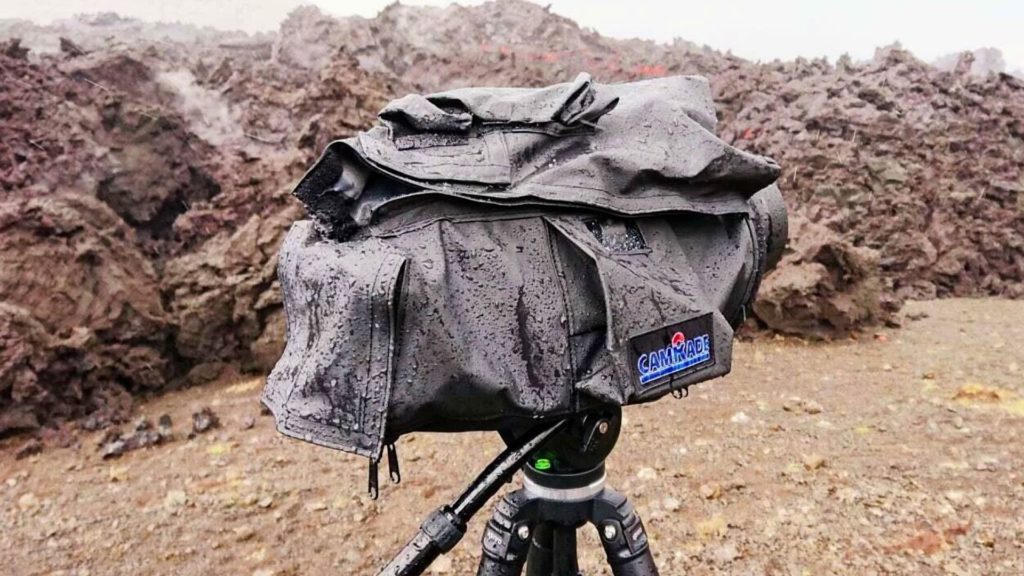
Final thoughts
Chapman did a tremendous job here, shooting one of the wonders of the world by utilizing the Sony Cine ecosystem. Watch the final result below. No sound effect, and in real-time (no slow motion). Tune the video setting to watch it in 4K! Not less than that!
Let’s know your thoughts about the video and the execution.
Product List
Here’re the products mentioned in the article, and the links to purchase them from authorized dealers.
- Sony FX6 Full-Frame Cinema Camera
- Sony FX3 Full-Frame Cinema Camera
- Sony FE 24-240mm f/3.5-6.3 OSS Lens
- Sony FE 200-600mm f/5.6-6.3 G OSS Lens
- Sony Xperia PRO 5G Smartphone
- Atomos Ninja V+ 5.2″ 8K HDMI H.265 Raw Recording Monitor

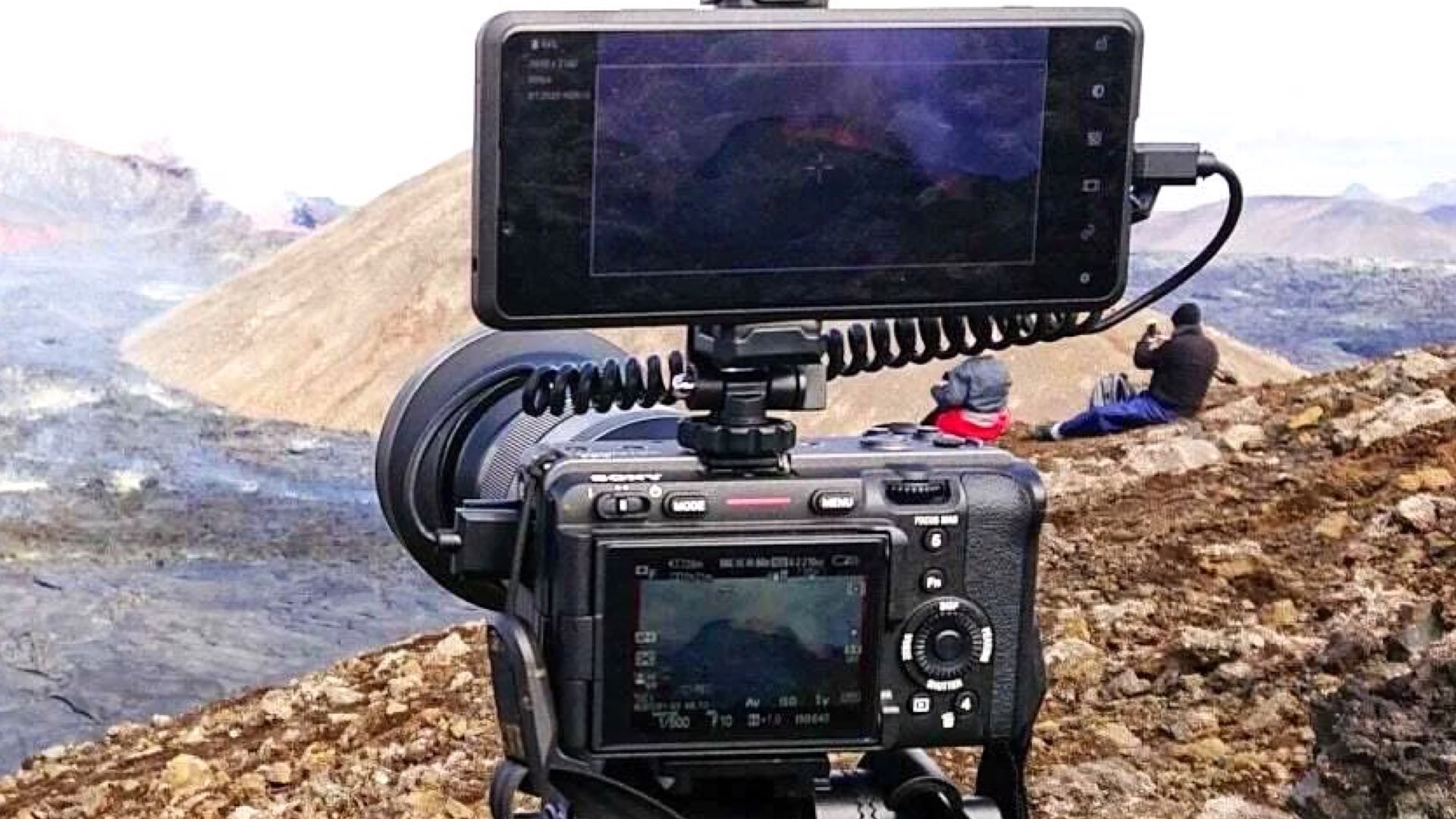
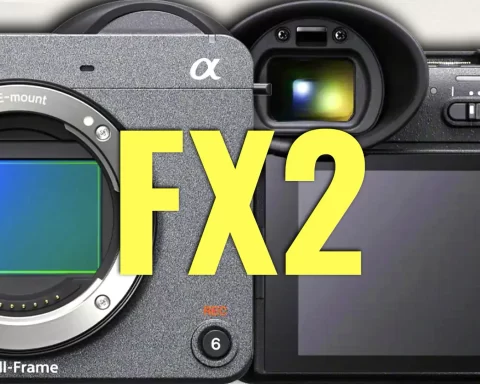
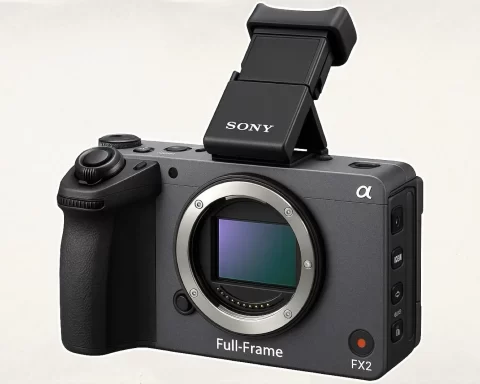


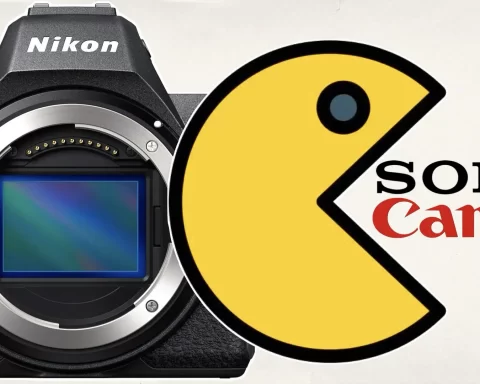


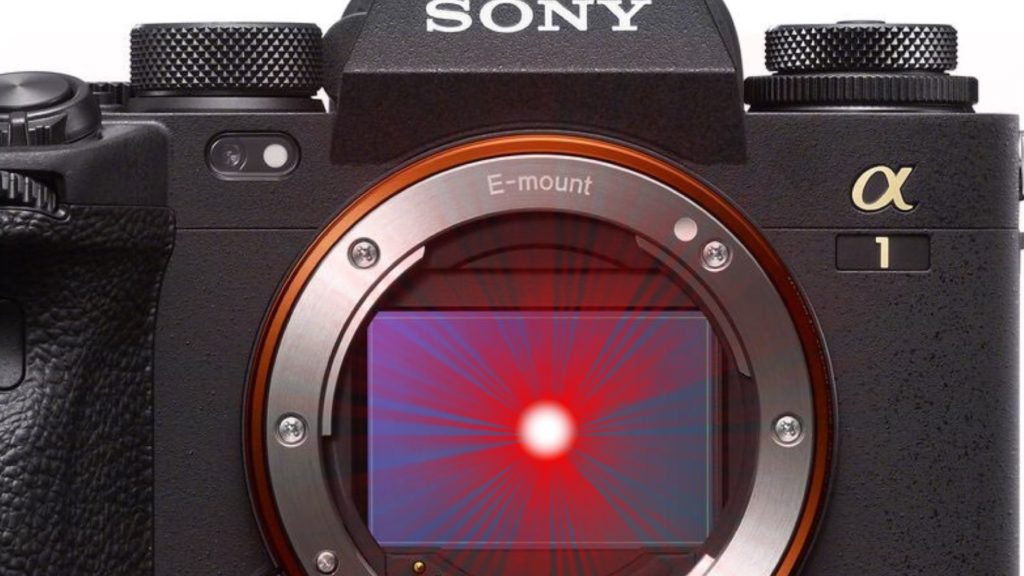





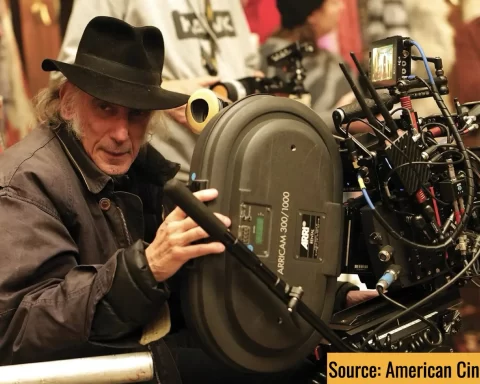


This would have been spectacular in HDR.